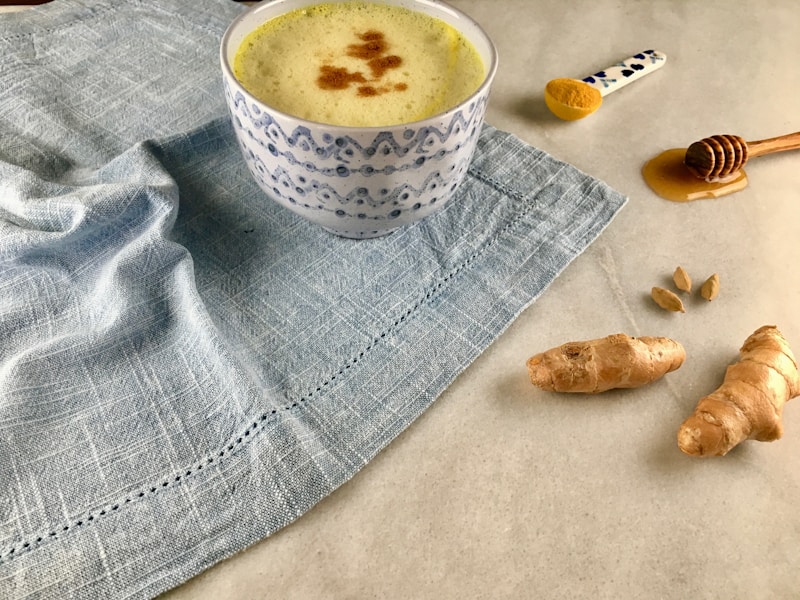There can be so much chaos in our outer and inner worlds. It can be overwhelming, confusing, depressing, and frustrating. And while we cannot fully control what happens outside of us, we can control what happens inside of us.
It is through Ayurveda we are taught how to maintain a healthy mind, body, and spirit. It patiently guides us and opens a gateway to our true nature by honoring our connection to the cosmos and recognizing the different forms and energies which we are comprised.
Ayurveda is a Sanskrit term that means the “science of life.” It was first recorded in the Vedas, the oldest and most sacred written record of knowledge, believed to be more than ten thousand years old. It was passed on to each generation through carefully memorized chants. These vibratory structures or mantras of the universe create form which in turn, affect the mind and emotions. Subsequently, action and transformation arise for specific healing and spiritual purposes.
The ancient science of Ayurveda also has roots in philosophy, encompassing all aspects of life. It has been a tradition in India for more than five thousand years and includes the time-tested practices of yoga, pranayama, mantra, and meditation. It’s through Ayurveda we learn which style of practice most honors our individual dosha.
Yoga
Yoga is union. It began as a spiritual practice that sculpted the physical body and brought peace to the mind. Over time, yoga has taken on many different styles, each requiring discipline to achieve the desired state.
In practice, when you mindfully sync your breath with the posture of your body, you are taken on a journey of self-discovery. The mind relaxes, the heart opens, and the body rejuvenates. Awareness, concentration, and effort become the primary focuses and you are transformed beyond the physical exercise into a higher state of consciousness.
Pranayama
Breath is life, pranayama is breath control. It means to expand, regulate, and prolong your vital energy or life force. A tangible example of this is the lifespan of a turtle versus that of a rabbit. The turtle is notoriously slow and has a long lifespan, while the rabbit is quick and has a short lifespan.
Your thought patterns are directly connected to your breath. The body or subconscious doesn’t recognize the past or future, it only lives in the present moment. Thus, if you have an upsetting thought, regardless if it’s based on the present moment, your body tenses, your breathing become rapid, and your vital energy becomes restricted.
Pranayama offers different techniques to alter the ratio of your breathing pattern: inhalation, retention, exhalation, and retention. This allows you to bring your awareness inward, which heightens your concentration, slows your breath, calms your mind, and expands your vital energy.
Mantra
Sound is incredibly powerful, someone running their nails down a chalkboard can envoke fear and anger, whereas listening to your favourite music can induce a fountain of stamina and joy.
Mantra is a specifically energized sound or word that when repeated properly on a regular basis becomes a powerful transformation tool. Just as thinking about a problem can reinforce it, mantra allows you to access your vibratory pattern and change your energic structure.
A mantra can be given to you or you can seek it out on your own. It can be spoken aloud or sounded internally, though, it cannot be established through reasoning and intellect. It can only be realized when you connect your heart with your mind. It’s then your emotional forces are harmonized with your intellectual forces and great change can take place.
Meditation
The beauty of meditation is that it’s available to you at any time. Being present is a form of meditation. For example, watching the sky transform as the sun sets or participating in an activity with such precision, clock time becomes non-existent.
You can also practice meditation as a part of your daily routine. In this way, you awaken your connection with the natural world. Your body, mind, and senses unite and you are drawn inward toward a vast space of relaxation. You become detached from external quests, the ego slips away and your true nature is exposed, you are free.
When to Practice
Your mind and body are most relaxed at sunrise and sunset. It’s during these sacred times, when the earth is serene, that your ability to connect is more possible. In addition, it’s through Ayurveda you can learn about the cycles of nature and how to balance your health in accordance with its ever-changing ways.
All material provided in this article is for informational purposes only. Direct consultation of a qualified Ayurvedic Health Counselor should be sought for any specific questions or issues.













